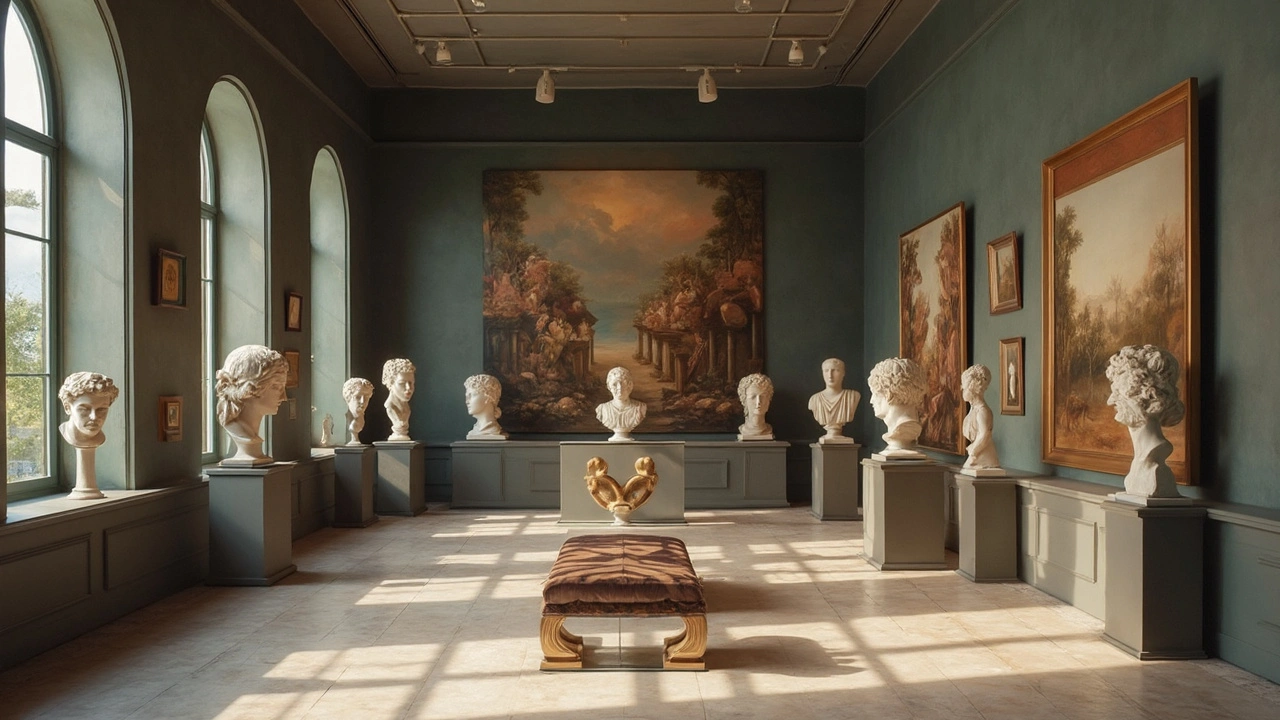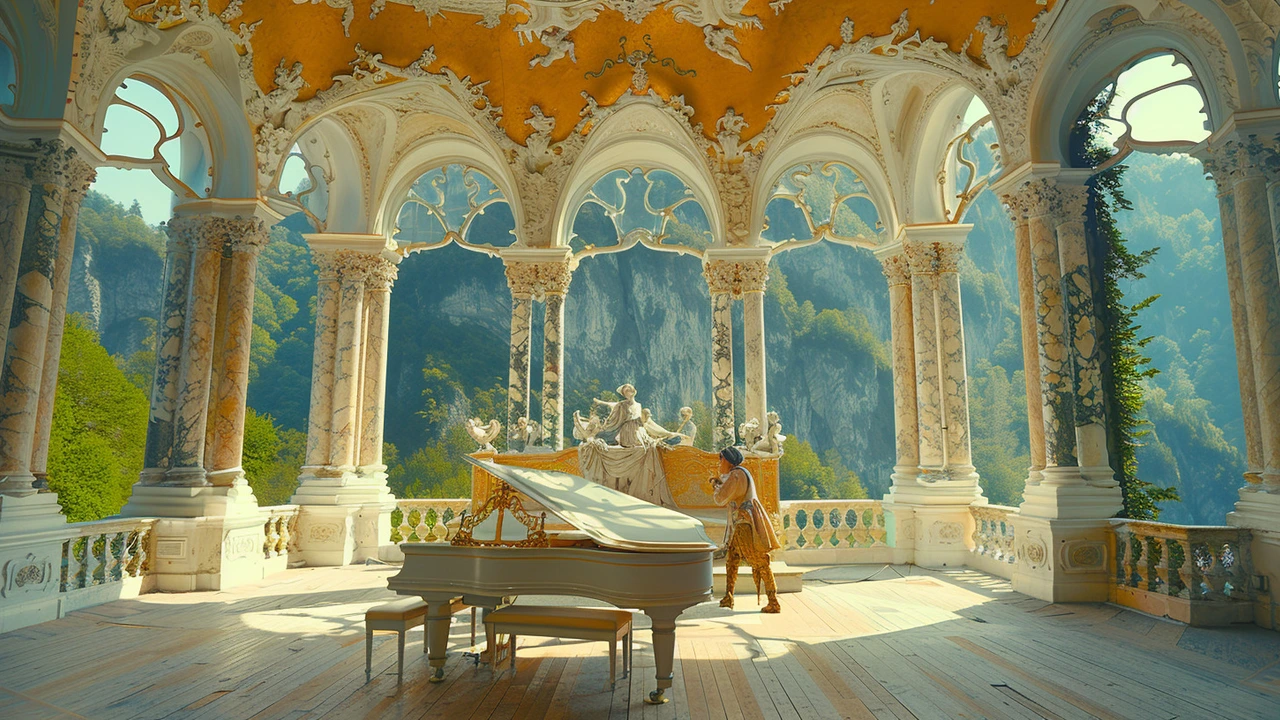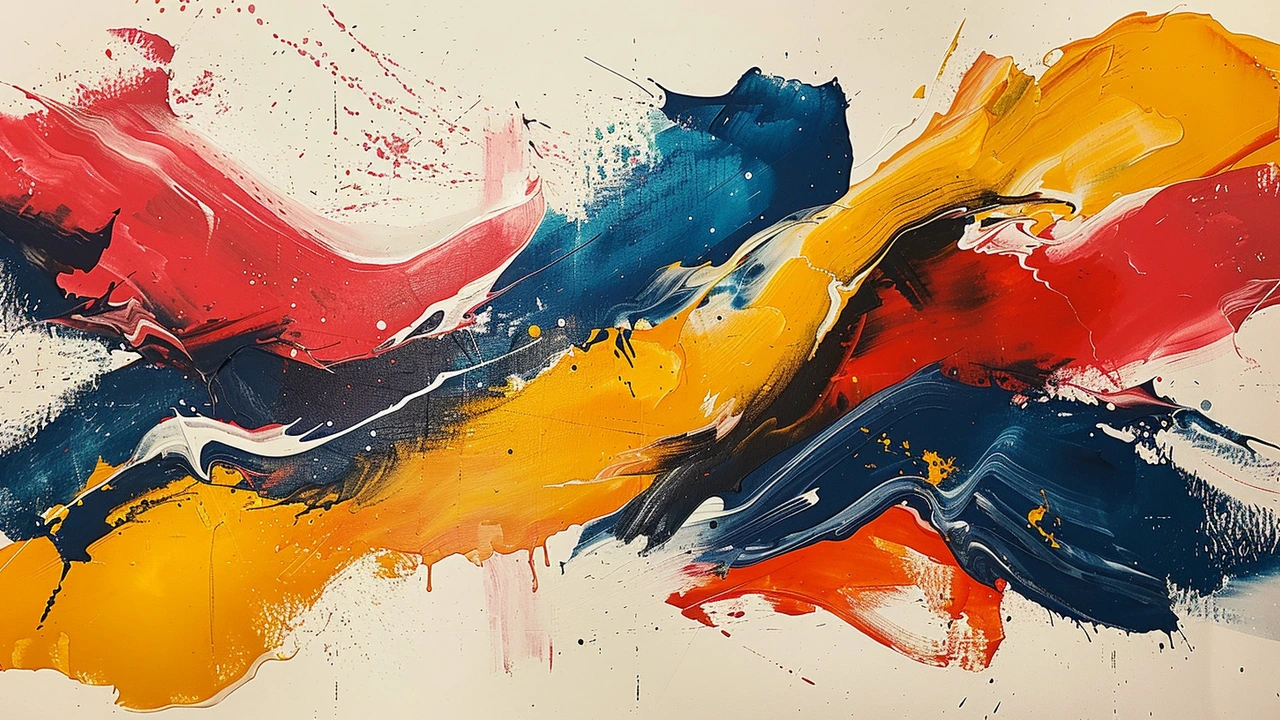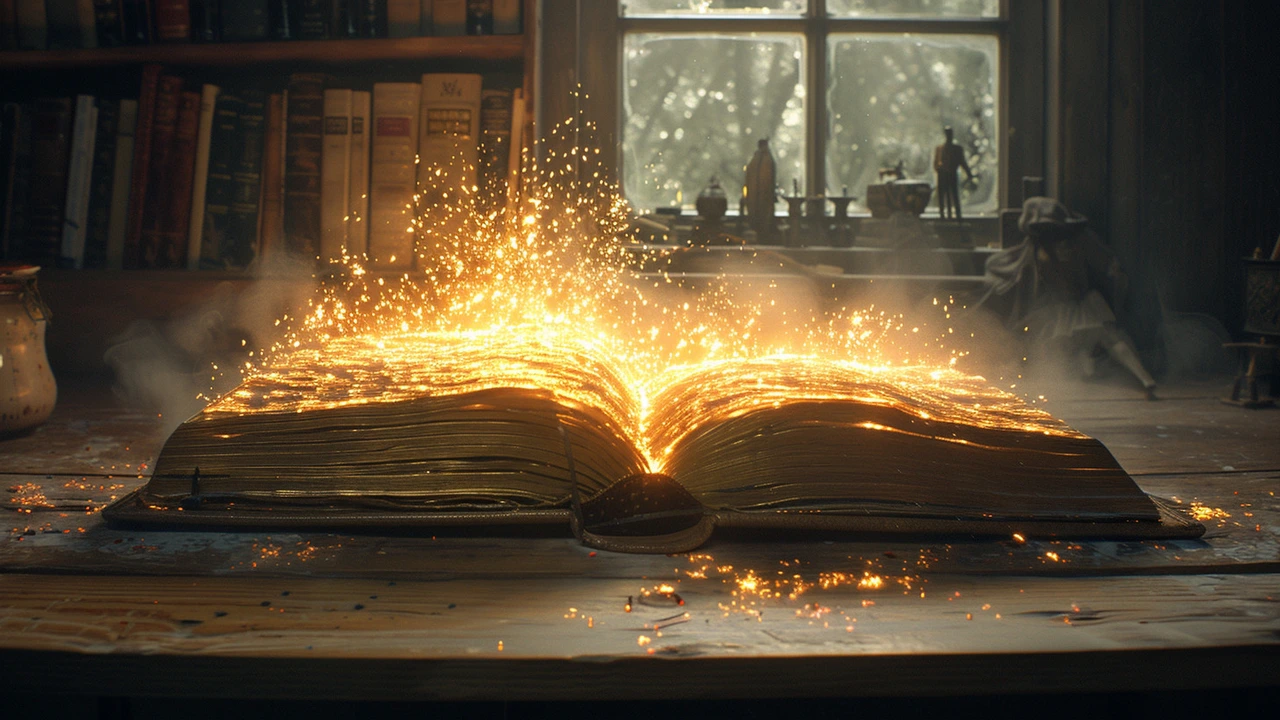Art history: A practical guide to movements and why they matter
Art history keeps a record of how people made meaning with images, objects, and spaces. It’s not just dates and famous names; it explains why certain styles appear, how social change pushes artists, and how design ideas trickle into everyday life. Use this tag page to find clear, focused articles on major movements — from Baroque drama to Bauhaus simplicity and from Harlem Renaissance voices to photorealism techniques.
Start with a simple timeline in your head: medieval and Gothic forms led to the Renaissance focus on realism; Baroque amped up drama; the 19th century questioned realism and gave birth to modernism; the 20th century exploded into many movements like Cubism, Futurism, Constructivism, Abstract Expressionism, Fluxus, and Bauhaus. Each movement reacted to what came before it and to wider social changes — wars, industry, technology, or new political ideas.
How to read an artwork fast
Look first at subject and mood: what is shown and how does it make you feel? Next, notice materials and technique — oil, marble, collage, or digital work — because the medium often shapes the message. Check composition: is the image balanced, chaotic, geometric? Finally, ask context questions: when was it made and what was happening then? These steps help you connect a piece to movements like Baroque’s drama or Bauhaus’s practical clarity.
Where to start on this site
If you prefer stories and people, read pieces like "10 Influential Figures Who Defined the Harlem Renaissance Era" or "Photorealism Artists You Must See." Want design and everyday impact? Try "Bauhaus Modernism" or "De Stijl's Impact on Graphic Design." For surprising crossover ideas, check "Land Art’s Impact on Modern Urban Design" and "Futurism’s Impact on Smart Cities." Each article shows how an art idea moved into architecture, fashion, music, or city planning.
Want to learn faster? Pick one movement and follow it forward: read about its origins, key artists, then look for modern examples. For example, start with Cubism: read a general overview, then an article on Picasso, then something on Cubism’s influence in graphic design. Small steps like that build a deeper picture without overwhelming you.
Art history matters because it teaches you how visual ideas travel and change. A pattern you see in a painting might show up later in a chair, a poster, or a building. Use the tag links below to jump between eras and themes, compare movements, and spot how old ideas resurface in new forms. Questions? Explore an article and drop a comment — sharing your take helps everyone see something new.
Use notes as you read: write down dates, artist names, and one line about why a piece mattered. Compare two works side by side—notice recurring shapes, colors, or themes. Those short notes turn random facts into a pattern you can remember and use.
Quick glossary: Modernism — breaking old rules to make new forms. Avant-garde — artists pushing risky ideas. Iconography — visual symbols that carry meaning across time. Keep these in mind when you read; they’ll help you spot deeper connections. Start with one article today now.










